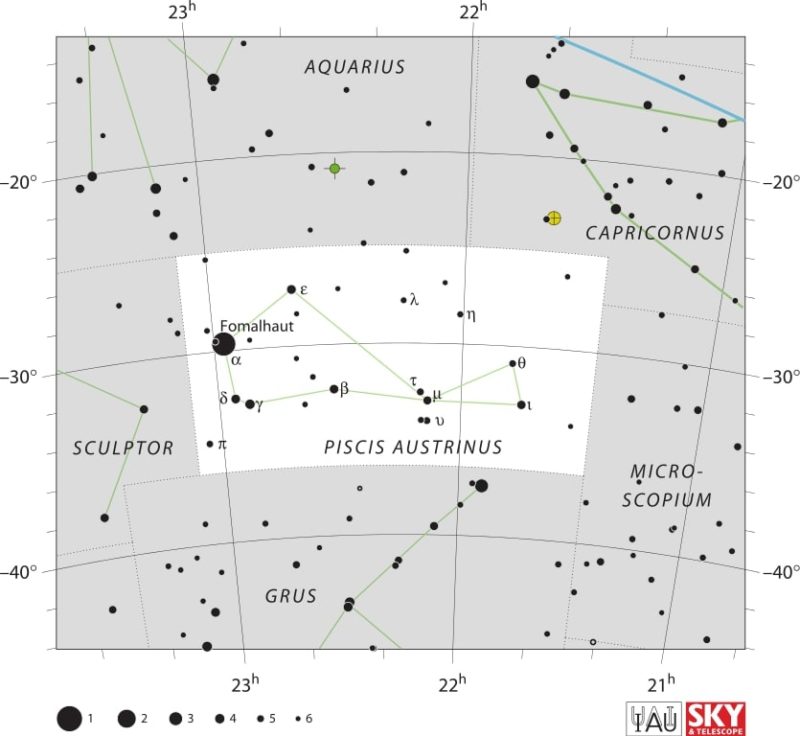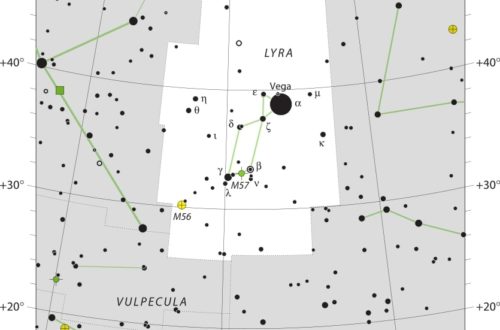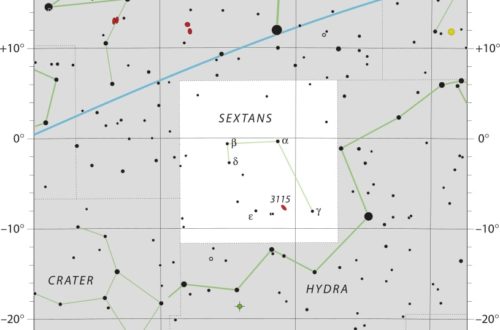Piscis Austrinid Meteor Shower: Observation Tips

The Piscis Austrinid meteor shower is an obscure, variable rate, annual event that happens from the end of July until the beginning of August. This meteor shower derives its name from the constellation Piscis Austrinus. It is known for its meteor shower with slow, faint meteors peaking in late July.
While not as prominent as other meteor showers, the Piscis Austrinids are best observed in the early hours before dawn under clear, dark skies.
Their southern position makes them readily observed in the Southern Hemisphere. You can even catch them in parts of the Northern Hemisphere.
What are Piscis Austrinids?
The Piscis Austrinid meteor shower is faint but beautiful and graces our skies each year. This spectacular occurrence originates from the southern hemisphere constellation named Piscis Austrinus.
When to watch
This meteor shower is active from July 15 to August 10, with the best activity seen on July 28. Unlike more prominent meteor showers, the Piscis Austrinids are relatively low in meteor count but are valued for their consistent appearance and steady pacing.
The radiant point is the spot in the sky from which all meteors appear to originate. It’s located right next to Fomalhaut, the brightest star in the constellation Piscis Austrinus.
Defining Characteristics
This meteor shower is unique in its lesser visibility than its counterparts. Meteors from the Piscis Austrinids will be moving at speeds of around 35 km/s.
They are relatively faint, yet still noticeable in dark, clear skies. For optimal viewing, the pre-dawn hours are best when the radiant point is at its highest point in the southern sky.
Observing the Piscis Austrinid Meteor Shower
With a little planning and preparation, the Piscis Austrinid meteor shower can provide a truly enchanting celestial experience. This shower is very conspicuous, radiating from the bright constellation Piscis Austrinus, or the Southern Fish.
Its proximity to Fomalhaut only adds to the beauty of this annual occurrence. It’s no wonder that people call Fomalhaut “the mouth of the (Southern) Fish.
Best Viewing Locations
Elevated regions have rarified atmospheres that provide clearer views of the sky. Areas further south increase visibility as the constellation rises higher in the sky.
Other critical factors are staying away from urban light pollution and having a clear, unobstructed horizon in the direction of the radiant. Locations far from artificial skyglow and with dry, stable weather conditions are best.
Understanding the Radiant Point
The radiant point in a meteor shower is the point in the sky where meteors appear to come from. This is not their actual true radiance point but the perspective effect due to their parallel entry trajectories.
For the Piscis Austrinids, the radiant is located in the constellation Piscis Austrini. This connection is important because it helps identify where in the sky you should look for the shower and provides the shower with its name.
Optimal Viewing Times
The Piscis Austrinids, which peak on July 28, are active mostly after midnight into the pre-dawn hours.
Another important factor are the moon phases—dark skies, especially around a new moon, drastically improve visibility. Look up peak dates and make sure to plan accordingly if you want to see the greatest number of meteors per hour.
Equipment Recommendations
A reclining chair, warm clothing, and a red flashlight for night vision are essential for a comfortable viewing experience.
Binoculars or telescopes improve the view, but are not required. Download star maps or apps so you’ll be able to find Piscis Austrinus on your own.
Conclusion
The Piscis Austrinids provide us special opportunities to experience the beauty of our dark skies. For stargazers, romantics and curious citizens, just watching this meteor shower makes the calendar of celestial events that much more exciting. Whether you’re hunting down deep-sky targets or following the trails of famous stars, there’s endless discovery waiting. Take a look up on a clear night. May the Piscis Austrinids inspire you to look up and appreciate the amazing cosmos that surrounds us!
Frequently Asked Questions
What are the Piscis Austrinids?
The Piscis Austrinids are a very minor meteor shower, active from July 15 to August 10. They radiate from the Piscis Austrinus constellation and usually peak around July 28.
How can I observe the Piscis Austrinids?
Ideally go to a dark place, far from city lights. Specifically look to the south in late July at its highest point. For the best visibility, midnight to dawn are the peak viewing times.
What is the radiant point of the Piscis Austrinids?
The radiant point is the spot in the sky from which the meteors seem to come, a common point where they intersect. With the Piscis Austrinids, the radiant is located close to the star Fomalhaut, the brightest star in the Piscis Austrinus constellation.
What is the origin of the Piscis Austrinids?
The Piscis Austrinids are thought to come from debris left behind by a long-period comet. As Earth travels through the debris trail, these particles collide with the atmosphere and produce the meteor shower.
See also:
- Previous meteor shower: July Pegasid Meteor Shower
- Next meteor shower: Southern Delta Aquariid Meteor Shower
Would you like to receive similar articles by email?





